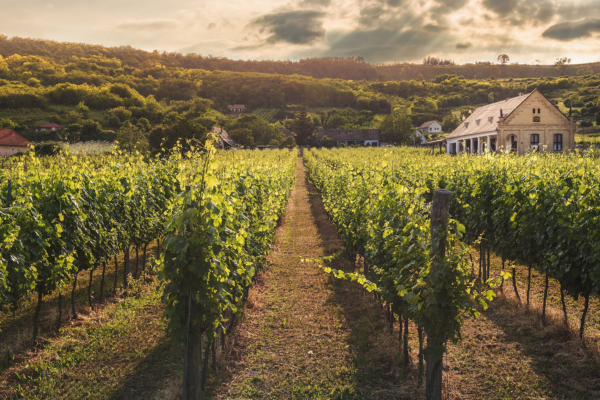Champagne Tours
Paris
Published: 28 Jul 2024
When it comes to sparkling wines, Champagne and Prosecco are two of the most popular choices. While both are bubbly and delightful, they come from different regions, use distinct production methods, and offer unique tasting experiences.
Let's dive into the differences and similarities between these two sparkling sensations.
The Origin and Geography
Champagne
- Region: Champagne, France
- Protected Designation: Only sparkling wine produced in this region can be labelled as Champagne.
- Climate: Cool continental climate, ideal for the specific grape varieties used.
Prosecco
- Region: Veneto and Friuli Venezia Giulia, Italy
- Protected Designation: Only sparkling wine from these regions can be labelled as Prosecco.
- Climate: Mild and temperate, perfect for growing Glera grapes.

Production Methods
Champagne
- Méthode Champenoise: Also known as the traditional method, this involves a secondary fermentation in the bottle, which creates the bubbles.
- Aging: Typically aged for at least 15 months, often much longer for premium varieties.
- Grapes: Primarily Chardonnay, Pinot Noir, and Pinot Meunier.
Prosecco
- Charmat Method: Also known as the tank method, this involves a secondary fermentation in large stainless-steel tanks, making it quicker and less expensive than the traditional method.
- Aging: Generally aged for a shorter period, usually a few months.
- Grapes: Primarily Glera, sometimes blended with small amounts of other local varieties.
Flavour Profiles
Champagne
- Taste: Known for its complex flavours, Champagne often exhibits notes of citrus, apple, and almond, with a toasty or yeasty undertone due to the ageing process.
- Texture: Typically has a finer, more persistent mousse (bubbles) and a creamy mouthfeel.
Prosecco
- Taste: Generally lighter and fruitier than Champagne, with flavours of green apple, pear, and white peach. It often has floral notes and a crisp, refreshing finish.
- Texture: The bubbles in Prosecco are usually lighter and frothier, giving it a softer, more approachable feel.

Price and Accessibility
Champagne
Cost: Generally, more expensive due to the labour-intensive production process and ageing requirements.
Availability: Widely available but considered a luxury item, often reserved for special occasions.
Prosecco
- Cost: Typically, more affordable, making it a popular choice for casual gatherings and everyday enjoyment.
- Availability: Readily available and widely consumed around the world, often seen as a versatile and budget-friendly option.
Cultural Significance
Champagne
- Perception: Associated with luxury, celebration, and special occasions. Frequently used in toasts and prestigious events.
- History: Deeply rooted in European aristocracy and history, often seen as the gold standard for sparkling wines.
Prosecco
- Perception: Viewed as a more casual, everyday sparkling wine. Perfect for aperitifs, brunches, and casual gatherings.
- Popularity: Gained global popularity in recent years, especially among younger consumers looking for a fun and affordable alternative to Champagne.
Final Thoughts
While both Champagne and Prosecco offer delightful sparkling experiences, they cater to different tastes and occasions. Champagne's complexity and prestige make it ideal for grand celebrations and luxurious moments, while Prosecco's fruity freshness and affordability make it perfect for everyday enjoyment and casual get-togethers. Whichever you choose, both bring a touch of sparkle to any occasion.
If you are interested in visiting one of the famous Champagne houses, click through to our experiences and choose your perfect Champagne Tour.
Keep Exploring
Find more amazing tabl. experiences to visit.
